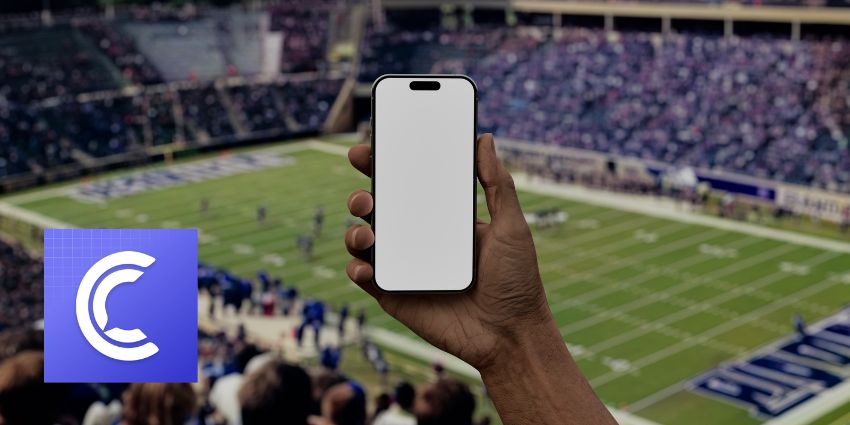Priority Matrix is a unique project planning and management solution from US-based Appfluence Inc. Appfluence was founded in 2010 with the objective of simplifying how we manage complex projects based on proven productivity techniques like the Eisenhower Method and David Allen’s Getting Things Done (GTD). That’s why Priority Matrix approaches tasks as a function of urgency + importance, telling you what you need to do, when, and why.
The Priority Matrix integration for Microsoft Teams was launched in May 2020, just as the shift to WFH rendered previous approaches like whiteboarding, in-person sprint planning, etc., impossible. The Priority Matrix app in Teams lets you create schedules, chat with team members, share files, and – most importantly – obtain an organised and prioritised view of all project activities. It fetches 360-degree project information from emails, task lists, project plans, etc., to create a single pane of glass without any risk of shifting contexts.
The app’s target use cases are complex, multi-stakeholder and multi-asset projects. Let’s review how it stacks up to this expectation.
Inside the Priority Matrix App for Microsoft Teams
You can download and install the app from Microsoft AppSource. Importantly, Priority Matrix is Microsoft 365 certified, which means that it is compatible with Microsoft technologies, compliant with its security standards, and supported by the Microsoft team. This makes it ready for use by large multinational enterprises that might look for compliance as a key parameter when choosing new technology integrations.
Coming to the features of Priority Matrix in the Teams ecosystem, you can access most functions from the left navigation pane. Here is a quick review:
- My Projects – When you open the Priority Matrix app in Microsoft Teams, one of the first tabs is My Project – this lists all the projects connected to your Priority Matrix account, along with brief details and project stakeholders. You can filter projects based on different parameters, deep dive into a specific project’s details, edit project items, and add tasks as per a 2×2 matrix view (which we’ll discuss later).
- One on One – From the One-on-One tab, you can set up interactions with individual project stakeholders, including shared tasks. So, if two team members are working on one item, you can view item progress, completion deadlines, communication histories, and other details.
- My Team – The My Team feature summarises your entire team’s activity into quick snapshots, presented as adaptive cards. You can invite additional stakeholders to an active card, which will be updated dynamically.
- Calendar – The calendar visualises your tasks as per daily/weekly/monthly activities, supporting additional drill-down into each task. When you click on a task item, its details, progress status, stakeholders, notes, etc., will appear in a side-by-side pane.
- 2×2 matrix view – This is the flagship feature of the Priority Matrix app. You can set up a matrix view as per priority, importance/urgency, time of completion, etc.
- Pinned tab on channels – When you pin Priority Matrix as a channel tab, it lets you choose a specific project view that you want to make accessible to channel members. Teams users can return to the tab as needed, check on prioritised tasks, chat with team members, etc.
- Agenda integration for meetings – You can also use Priority Matrix to add to the Teams Meetings capability. This integration lets you create quick checklists, add comments, and add configurable task tags. These task tags are colour-coded indicators telling meeting participants about the actionable nature of checklist items – e.g., what needs to be tracked, which ones are new tasks, who needs to be invited, etc.
Why the Priority Matrix App Makes a Difference
The app’s biggest USP, and possibly the no.1 reason for adopting it, is the use of a 2×2 matrix. By categorising tasks as per their relative importance and urgency, you can cut through the clutter usually involved in a complex project. For example, buying tickets for a flight to meet a client may not be an essential task in strategic terms, but meeting your project goals is urgent. On the other hand, pushing release updates may not be urgent, but it ranks high in importance. Priority Matrix clarifies your thought process around these multiple tasks and sub-tasks to arrive at the perfect project roadmap.
What We Think
Companies looking for an alternative to the usual Kanban board-based project management approach should consider the Priority Matrix app for Microsoft Teams. Download it here.







